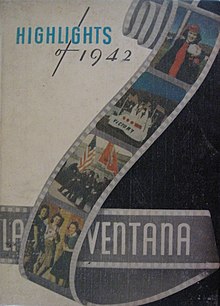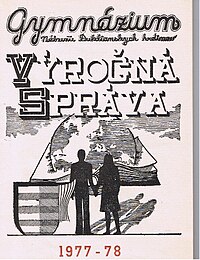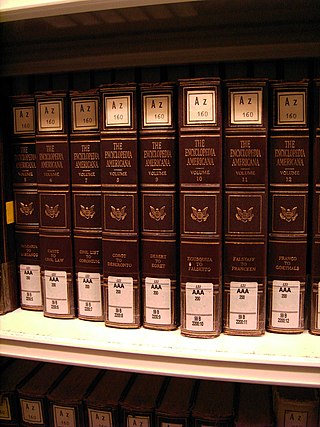
Encyclopedia Americana is a general encyclopedia written in American English. It was the first general encyclopedia of any magnitude to be published in North America. With Collier's Encyclopedia and Encyclopædia Britannica, Encyclopedia Americana became one of the three major and large English-language general encyclopedias; the three were sometimes collectively called "the ABCs of encyclopedias". Following the acquisition of Grolier in 2000, the encyclopedia has been produced by Scholastic.

Print on demand (POD) is a printing technology and business process in which book copies are not printed until the company receives an order, allowing prints in single or small quantities. While other industries established the build-to-order business model, POD could only develop after the beginning of digital printing because it was not economical to print single copies using traditional printing technologies such as letterpress and offset printing.
The World Book Encyclopedia is an American encyclopedia. World Book was first published in 1917. Since 1925, a new edition of the encyclopedia has been published annually. Although published online in digital form for a number of years, World Book is currently the only American encyclopedia which also still provides a print edition. The encyclopedia is designed to cover major areas of knowledge uniformly, but it shows particular strength in scientific, technical, historical and medical subjects.

A promenade dance or promenade, commonly called a prom in American English, is a dance party for high school students. It may be offered in semi-formal black tie or informal suit for boys, and evening gowns for girls. This event is typically held near the end of the school year. There may be individual junior and senior proms or they may be combined.
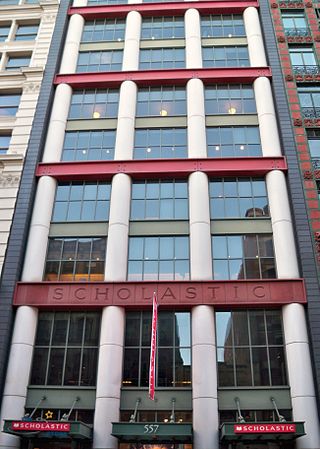
Scholastic Corporation is an American multinational publishing, education, and media company that publishes and distributes books, comics, and educational materials for schools, teachers, parents, children, and other educational institutions. Products are distributed via retail and online sales and through schools via reading clubs and book fairs. Clifford the Big Red Dog, a character created by Norman Bridwell in 1963, serves as Scholastic's official mascot.

Scrapbooking is a method of preserving, presenting, and arranging personal and family history in the form of a book, box, or card. Typical memorabilia include photographs, printed media, and artwork. Scrapbook albums are often decorated and frequently contain extensive journal entries or written descriptions. Scrapbooking started in the United Kingdom in the nineteenth century.
A photographic album or photo album, is a series of photographic prints collected by an individual person or family in the form of a book. Some book-form photo albums have compartments which the photos may be slipped into; other albums have heavy paper with an abrasive surface covered with clear plastic sheets, on which surface photos can be put. Older style albums often were simply books of heavy paper on which photos could be glued to or attached to with adhesive corners or pages.
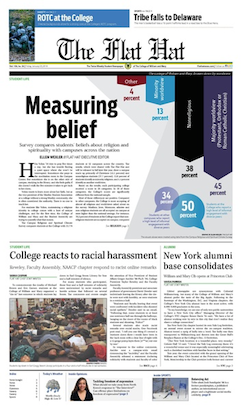
The Flat Hat is the official student newspaper at the College of William and Mary in Williamsburg, Virginia. It prints Tuesdays during the College's academic year. It began printing twice-weekly in 2007; since its inception in 1911, The Flat Hat had printed weekly. It returned to weekly printing in 2015. In fall 2020, The Flat Hat began printing biweekly due to restrictions associated with the COVID-19 pandemic. The Flat Hat staff operates out of its office in William and Mary's Sadler Center.
The Battalion is the student newspaper of Texas A&M University. Started in 1893 as a monthly publication, it continues to this day, now as a weekly paper. The first paper at Texas A&M University was the Texas Collegian published in 1878. It was later named the College Journal from 1889 to 1893 and then The Battalion.
The Daily Trojan, or "DT," is the student newspaper of the University of Southern California. The newspaper is a forum for student expression and is written, edited, and managed by university students. The paper is intended to inform USC students, faculty, and staff on the latest news and provide opinion and entertainment. Student writers, editors, photographers and artists can develop their talents and air their opinions while providing a service to the campus community through the Daily Trojan. Readers can interact with the Daily Trojan by commenting on social media posts or writing a letter to the editor.

Awatapu College is a state co-educational secondary school in Awapuni, Palmerston North, New Zealand.
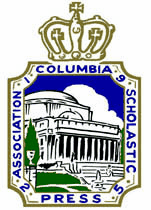
The Columbia Scholastic Press Association (CSPA) is an international student press association, founded in 1925, whose goal is to unite student journalists and faculty advisers at schools and colleges through educational conferences, idea exchanges, textbooks, critiques and award programs. CSPA is a program of Columbia University's School of Professional Studies.

The Indiana Daily Student (IDS) is an independent, student-run newspaper that has been published for the community of Indiana University in Bloomington, Indiana, since 1867. The IDS is free and distributed throughout the campus and city.
Quill and Scroll is an international high school journalism honor society that recognizes and encourages both individual and group achievements in scholastic journalism. According to the Quill and Scroll website, over 14,104 high schools in all 50 U.S. states and 44 countries have established local chapters. The organization was founded on April 10, 1926, and is based out of the University of Iowa.
Latino College Preparatory Academy (LCPA) is a chartered high school in San Jose, California.
The Daily Evergreen is the student newspaper for Washington State University.

Fresno Christian High School is a private, Christian high school sponsored by 12 evangelical churches, located in Fresno, California, United States. The high school is a division of Fresno Christian Schools, offering various classes from Kindergarten through Grade 12. Grades K–12 share a campus with Peoples Church at 7280 N. Cedar Ave.
The Mathematics and Science Academy (MSA), a high school located in Brownsville, Texas, was established by the 79th Texas Legislature in May 2005. It was designed as a commuter program at the University of Texas at Brownsville and Texas Southmost College (UTB) for high school-aged students who are gifted in mathematics and science. Rather than complete their final two years of traditional high school at other public institutions, students of the Math and Science Academy are required to take classes taught by UTB/TSC faculty with regular UTB students, but are provided with more supervision and guidance than traditional college students. The students are not charged tuition, book fees, nor any other fees typically charged by the university, but transportation and food are not provided for students. Graduating from the Mathematics and Science Academy program grants you a Distinguished high school diploma as well as an Associates of Arts degree, if you complete the necessary college hours. MSA is only the second high school program of its kind; the University of North Texas hosts a similar program, the Texas Academy of Mathematics and Science.

St. Michael's High School, Patna, also referred to as SMHS Patna or SMHS for short, is a private, Roman Catholic, co-educational high school in the Digha neighborhood of Patna, Bihar, India.

The Michiganensian, also known as the Ensian, is the official yearbook of the University of Michigan. Its first issue was published in April 1896, as a consolidation of three campus publications, The Res Gestae, the Palladium, and the Castalian. The yearbook is editorially and financially independent of the University of Michigan's administration and other student groups, but it shares the Stanford Lipsey Student Publications Building on 420 Maynard Street with The Michigan Daily and Gargoyle Humor Magazine.
